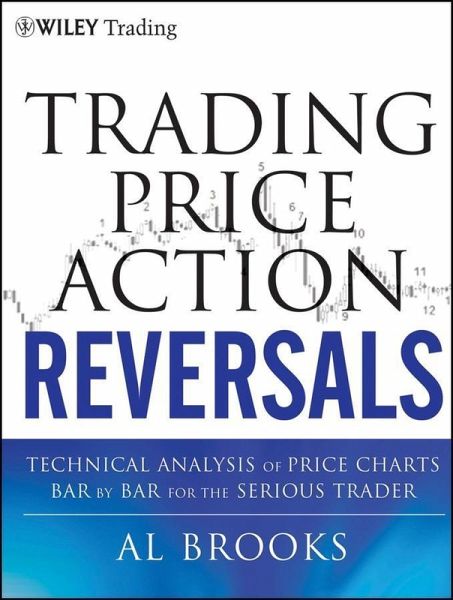Al Brooks Trading Price Action Reversals Pdf Merger

Al Brooks Trading Price Action Reversals Pdf Merger. 1/12/2018 0 Comments. Easyworship 6 crack serial number download. Download Al Brooks - Trading Price Action Reversals. Technical Analysis Of Stock Trends; Robert D. Edwards, John Magee – an addendum, in my eyes, to the book above. Trading Price Action Trends; Al Brooks – Brooks is a Futures veteran of many years and his methods.
1 Chapter 23 THE CAMELBACK TECHNIQUE At times, prices can be pretty wild. Sometimes we see large choppy Trading Ranges, abbreviated trends that fail to continue for more than a short duration. Lots of explosions and collapses make markets difficult to trade, even for the very best traders.
It seems that at times only the innovative and adaptive traders can consistently take money out of their trading. Sometimes all that is needed is a simple set of tools.
Let's look at just such a set of tools, that from a technical point of view are proving themselves successful in trading the kinds of charts we encounter from time to time. In the illustrations that follow, we will be using a fifteen bar exponential moving average of the close, along with a simple forty bar moving average of the highs and lows. With the forty bar simple moving average of the highs and lows we will attempt to create a channel. When prices move beyond the bounds of the channel, we will attempt to trade pointy places.
We will never attempt a trade when prices are within the channel. The exponential moving average will be a filter used to keep us from trading when the moving average is flat. So, even though prices are out of the channel, as long as the fifteen bar moving average is flat or relatively flat, we will not attempt to trade. A trade will come when the moving average is trending and prices are out of the channel. If prices are above the channel, we will attempt trades only from the long side. If prices are below the channel, we will attempt trades only from the short side.
Let's look at a chart so that you can get the picture of how the Camelback technique works with any time interval. You can use the Camelback for intraday or longer term position trading. More details follow. 189 2 On the chart above, we see three moving averages. The most active (dotted line), is a 15 bar exponential moving average of the Close. It is used to filter out flat spots in the price action.
When the 15 bar average is flat, we do not attempt to enter any trades. The smoother moving average lines are: 1) a 40 bar simple moving average of the Highs, and 2) a 40 bar simple moving average of the lows. These two form a channel which serves to delineate the price bars in such a way that we know when it is alright to attempt to enter trades. If prices are outside the channel, as long as the 15 bar average is not flat, we may attempt to enter trades, as will be explained in the material that follows. 
190 3 The idea behind the Camelback technique is to keep us on the correct side of the market at all times. This is accomplished via the channel created by the forty bar simple moving average of the Highs and Lows. WHENEVER PRICES ARE IN THE CHANNEL WE DO NOT TRADE. WHENEVER PRICES ARE ABOVE THE CHANNEL, THE APPROPRIAT E POSITION IS TO BE LONG. WHENEVER PRICES ARE BELOW THE CHANNEL, THE APPROPRIATE POSITION IS TO BE SHORT. The only thing that will prevent us from attempting to get short below the channel or long above the channel is if the fifteen bar exponential moving average is flat or near flat. Our purpose for using the exponential moving average is to weight the more recent price action more prominently than the longer term averages for purposes of more quickly discovering when prices are flattening out.
With the Camelback technique, we are attempting a three filter method for being on the correct side of the price action. We are pursuing the age-old concept of trading with the longer term trend by entering on a short term high/low breakout signal when the intermediate term trend moves counter to the long term trend.
Let's look at a couple of charts to see how the concept works, and while we're at it, let's set some rules. When prices are above the 40 bar moving average of the Highs, we go long on a violation of the high of the bar making the local low.
When prices are below the 40 bar moving average of the Lows, we sell short on a violation of the low of the bar making the local high. We do not enter on a gap opening violation of either the high or low. We do not enter a trade if the 15 bar moving average is flat or has turned away from the direction of the trade we want to take.